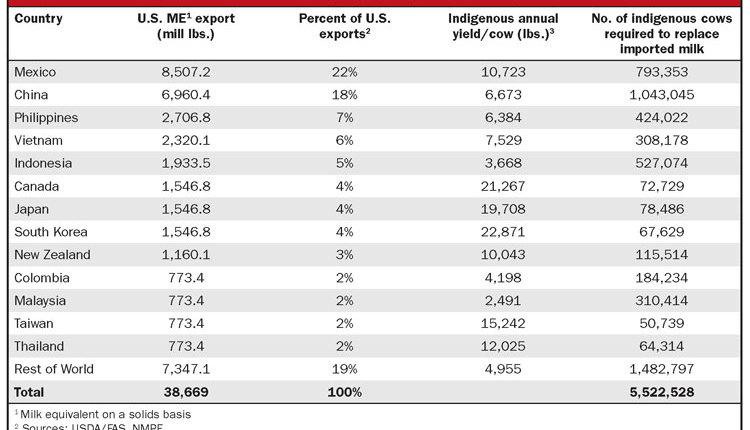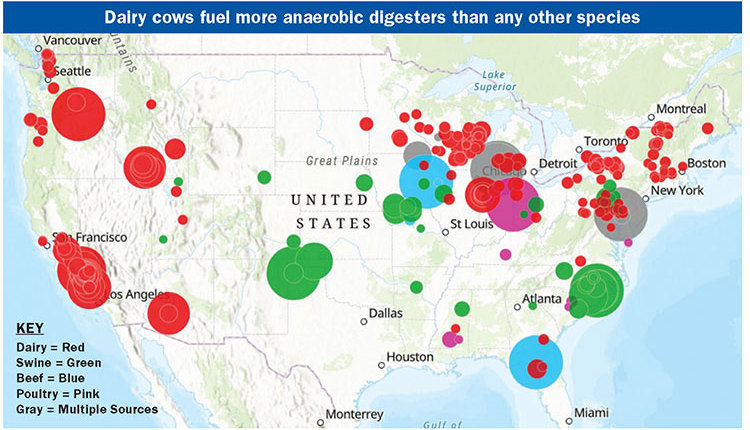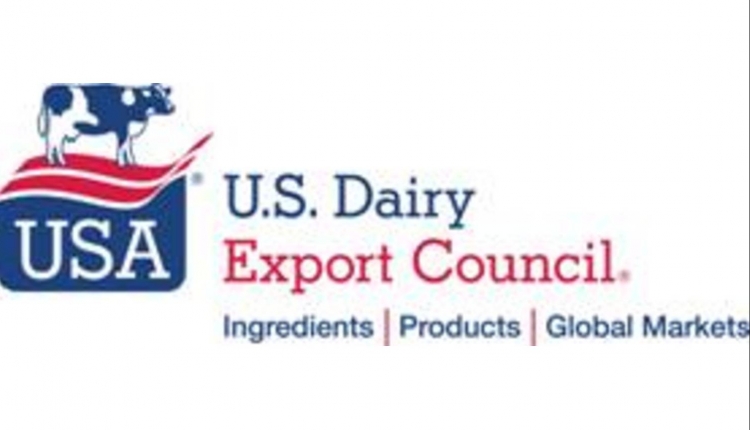
Would proposed competitive pay prices put dairy farmers in areas with little or no competition for milk at a disadvantage?
Competition for milk is certainly a factor in determining what a producer is paid for milk. However, how milk is utilized in an area is a factor, as well. Analysis indicates that producers in every federal order will benefit from the higher of the competitive cheese price or the value of milk going into butter/powder being the Class I price mover. Unregulated areas will not be impacted.
Currently, there are minimum federal order prices for all four classes of milk. With only Class I minimums being proposed by FFTF, doesn't it stand to reason that we will be paid less for manufacturing milk?
The short answer is no. An analysis of actual market data provided by milk marketers across the country indicates that premiums over and above the current Class III minimums are being paid. The same reason manufacturers pay above the required minimums - to get the milk they need - is precisely why making the assumption that a competitive system will lower producers' prices is incorrect.
Some have said that the new method of determining Class I minimum prices would result in higher Class I prices and that areas with lower Class I utilization would be at a disadvantage. How would you respond?
Economic analysis indicates that using a competitive cheese milk price could result in a higher Class I mover from which all producers would benefit. There is no disadvantage since the Class I differentials are unchanged.
Could higher-solids milk be at a disadvantage under FFTF since minimum prices would apply only to Class I milk?
Before the current milk pricing system was put in place, the BFP and M-W price competitively determined minimum prices and higher-solids producers were paid premiums for their milk by processors seeking higher-solids milk. That will continue. One of the fundamental principles of FFTF, as it was being developed, was to make certain producers would be treated equally under a national program, and this certainly applies to producers of higher-solids milk.
Would there be any change in how milk is priced and accounted for in California or other areas not included in federal orders?
The proposed reforms would only directly affect federal milk marketing orders.
What are the five areas from which competitive pay prices would be reported? How and why were those areas selected?
The country is divided into five regions, each of which incorporates at least one federal milk marketing order. The regions were put together in an effort to incorporate an adequate number of cheese plants processing 250,000 pounds of milk per day to provide a competitive cheese milk price for the order(s) in the region, if possible.
Why does the federal reform proposal still include establishing a "national value of milk used to make butter and powder" using the current Class IV formula? Doesn't that still provide our industry with make allowance issues that almost everyone agrees we need to eliminate?
Plants that produce butter and nonfat powder primarily serve to balance the market demand for milk for other uses. In order to allow those plants to maintain a supply of milk, our FMMO experts agreed that what they have available to pay their producers should be supplemented when necessary. The best way to determine that, as well as the "higher of" for Class I pricing purposes, is to maintain the current Class IV formula. The formula is not used to set a minimum price upon which the butter/powder plant would pay its producers which is significantly different from the current situation.
Since milk payments under FFTF would be based on competitive prices and we increasingly will be part of a global market, shouldn't some indication of world prices, perhaps Global Dairy Trade results, be added to the regional competitive prices be used to establish Class I minimums?
As the U.S. increasingly becomes part of the global market, the demand from overseas for U.S. dairy products will have an impact on the overall demand for those products and for the milk used to produce them. If a cheese plant needs more milk to meet global demand, the price it pays for milk will be directly influenced.
Since a competitive pay price for cheese milk would be "at test," say 3.7 percent fat and 3.2 percent protein, and the product formula-based Class IV price would be reported at a standardized 3.5 percent fat and 3.1 percent, how would the "higher of" price be determined for setting Class I minimums?
The competitive price would be standardized on fat and skim as would the Class IV formula price.
The plan indicates that a producer price differential would be calculated by the federal orders and that the money would be distributed to co-ops or directly to producers. How would an independent producer receive that money?
The market administrator in each order will make the PPD payment directly to each independent producer.








